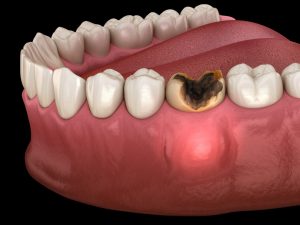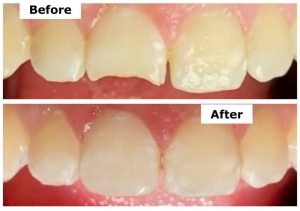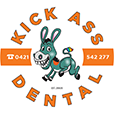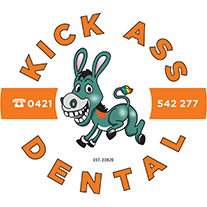Can Half a Tooth Be Saved? Exploring Dental Treatment Options
Understanding the Situation: Half a Tooth
The Importance of Dental Health
Maintaining good oral hygiene is crucial for overall health and well-being. Our teeth play a vital role in our ability to eat, speak, and smile confidently. However, accidents or decay can sometimes result in damage to a tooth, leaving it partially intact. When faced with such a situation, many wonder if it is possible to save half a tooth and restore its functionality. For tooth repair ashfield read on.
Treatment Options for Half a Tooth
Assessment by a Dental Professional
When a tooth is broken in half, the first step is to visit a qualified dental professional for a thorough examination. The dentist will assess the extent of the damage and determine the best course of action. This evaluation may involve X-rays or other diagnostic tools to get a comprehensive view of the tooth’s condition.
Dental Bonding
In cases where the damage is minimal, dental bonding may be a viable option. Dental bonding involves applying a tooth-colored resin material to the broken surface of the tooth. The resin is then shaped and polished to match the natural appearance of the tooth. This procedure is typically quick, painless, and cost-effective.

Dental Crown Placement
If the damage to the tooth is more extensive, a dental crown may be recommended. A dental crown is a custom-made cap that covers the remaining portion of the tooth, providing strength and protection. The process involves reshaping the tooth, taking impressions, and fabricating a crown to fit precisely over it. Dental crowns can be made from various materials, including porcelain, metal, or a combination of both.
Root Canal Treatment
In some cases, when the damage extends to the tooth’s pulp chamber, a root canal treatment may be necessary to save half a tooth. During a root canal procedure, the dentist removes the infected or damaged pulp, cleans the root canals, and seals them to prevent further infection. Once the root canal treatment is completed, a dental crown is often placed to provide additional support and protection.
Tooth Extraction and Replacement Options
Unfortunately, there are instances when saving half a tooth may not be possible. Severe damage, extensive decay, or insufficient tooth structure may require extraction. However, the removal of a tooth doesn’t mean the end of your smile. There are several replacement options available, including dental implants, bridges, and dentures. Consulting with a dental professional can help determine the most suitable option for your specific case.
Prevention is Key
Maintaining Good Oral Hygiene
The best way to prevent tooth damage or decay is by maintaining good oral hygiene practices. Brushing your teeth at least twice a day with a fluoride toothpaste, flossing daily, and visiting your dentist regularly for check-ups and cleanings can significantly reduce the risk of dental issues.
Wearing Protective Gear
If you participate in activities that pose a risk to your teeth, such as contact sports, it is essential to wear protective gear like mouthguards. These can help absorb and distribute the force of impact, reducing the chances of tooth fractures or other injuries.

Avoiding Bad Habits
Certain habits can increase the risk of tooth damage. Avoid chewing on hard objects like ice or pens, as this can lead to fractures. Additionally, refrain from using your teeth as tools to open packages or bite nails, as this can weaken the tooth structure over time.
Seeking Expert Advice
If you find yourself with a half a tooth or any dental concerns, it’s crucial to seek the advice of a dental professional. They have the knowledge and expertise to assess your situation accurately and recommend the most appropriate treatment options.
Regular Dental Check-ups
Remember, prevention is always better than treatment. By scheduling regular dental check-ups, your dentist can identify potential issues early on and address them before they escalate into more significant problems. Regular cleanings can also help maintain optimal oral health and reduce the risk of tooth decay or damage.
Conclusion
While it may be distressing to have half a tooth, modern dentistry offers various treatment options to restore both the functionality and aesthetics of your smile. Dental bonding, dental crowns, root canal treatment, and tooth replacement options are available to address different degrees of damage. However, prevention remains the best approach to maintain optimal oral health. By practicing good oral hygiene, wearing protective gear, and avoiding bad habits, you can reduce the risk of tooth damage and the need for extensive treatments.
Remember, always consult with a dental professional to determine the most suitable treatment plan for your specific situation. By taking proactive steps and seeking professional guidance, you can save and preserve your oral health, ensuring a beautiful smile for years to come.





